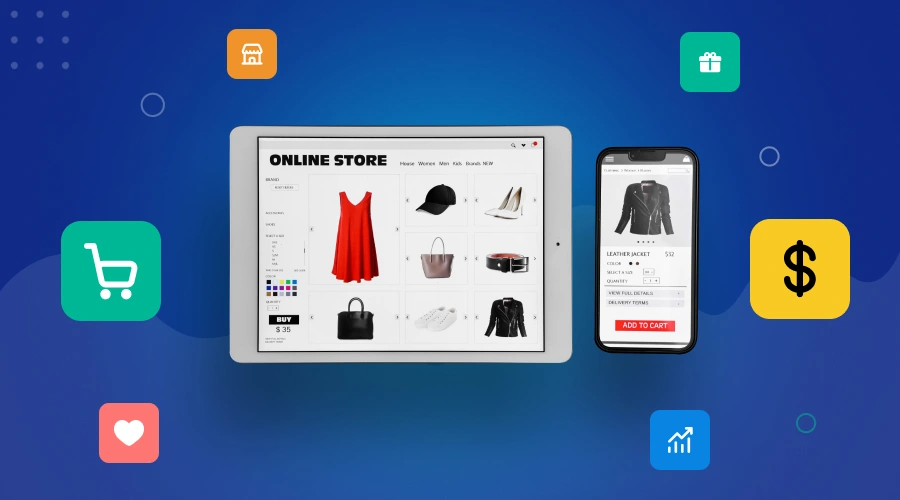In the world of search engine optimization (SEO), backlinks are a key factor that can influence your site’s ranking on Google. They act as endorsements from one website to another, signaling to search engines that the web content is informative and authoritative. However, not all backlinks are the same. High-quality backlinks can improve your site’s ranking, however, toxic backlinks can have the opposite effect.
What Are Toxic backlinks?
Toxic or bad backlinks are incoming links that can negatively affect your site’s visibility in the SERP or have the potential to.
The term “toxic backlinks” indicates links that violate Google’s spam guidelines as they were used on external websites for SEO benefit rather than for users’ benefit.
Google analyzes your backlinks to determine how relevant and trustworthy a website is.
In order to discourage manipulative link building, Google has put various policies and systems in place.
This means if links are acquired through questionable practices, they will be ignored or “devalued.” However, a large volume of toxic backlinks indicates that your site has engaged in systematic spamming.
then lead to manual action or a Google penalty. This penalty can suppress your site or remove it from search results.
Toxic backlinks often come from:
- Low-quality spammy websites
- Sites with irrelevant content
- Link farms or paid link networks
- Websites that are involved in link schemes
- Hacked or malware-infected sites
Causes of Toxic Backlinks
Harmful backlinks can jeopardize your website’s SEO and result in penalties from Google. Understanding the tactics that generate toxic backlinks is crucial for maintaining a strong backlink portfolio. Here are some common sources of harmful backlinks:
Paying for Links
Violating Google’s guidelines by paying for backlinks that pass on SEO value, or PageRank. To comply with the rules, use the “nofollow” attribute for these links.
– rel=”nofollow”: Instructs Google to ignore the link for ranking purposes.
– rel=”sponsored”: Indicates that the link was purchased.
Be sure to utilize the nofollow attribute when incorporating backlinks into digital advertisements, providing products for reviews, collaborating with influencers, or paying for directory listings.
Utilizing tools such as Semrush’s Backlink Analytics can help in identifying follow links and effectively addressing them with publishers.
Exchanging Links
If two websites engage in link exchanges solely for the purpose of enhancing their SEO, it can raise concerns with Google’s algorithms. While this practice may seem natural in some cases, excessive reciprocal links can be viewed suspiciously. If your site has participated in questionable link exchanges, it is advisable to remove them promptly.
Engaging with Private Blog Networks (PBNs)
Google is adept at detecting Private Blog Networks (PBNs), which are groups of interconnected websites created specifically to provide backlinks. Utilizing PBNs carries a significant level of risk and should be avoided. It is important to promptly remove any links originating from these networks to avoid penalties imposed by Google.
Automated Link Building
Using automated tools or software for creating backlinks on a large scale will surely gather toxic backlinks. These automatic methods usually deliver links from poor-quality and irrelevant websites or even sites participating in black-hat SEO activities. The algorithms of Google are smart enough to identify patterns that suggest link building through automation, and such tactics may result in serious penalties.
Comment Spam
Engaging in blog commenting or forum participation, particularly when it is done on a large scale or is not relevant to the topic, can also generate toxic backlinks. Although participating in online communities can be advantageous, it should be real and not mainly for building links.
How Can You Identify Toxic Backlinks?
In order to maintain a healthy backlink profile, it is important to identify toxic backlinks at the right time. Here are some methods that can help you identify toxic backlinks–
- Use SEO tools: Advanced platforms like Moz, Ahrefs, and SEMrush offer backlink analysis tools that help identify potentially toxic links based on various metrics.
- Look for Irrelevant Links: Backlinks coming from websites not related to your niche or industry can be seen as doubtful.
- Check Domain Authority: If the domain authority of a website is very low, links from that site could be seen as low-quality or toxic.
- Check Anchor Text: If you have many instances of exact-match anchor text, it may signal manipulative link building.
- Investigate Link Velocity: If there is a sudden rise in backlinks, particularly from poor-quality sites, it can indicate a harmful link-building process.
Google’s Stance on Toxic Backlinks
Google has made it very clear that they consider manipulative link-building practices a violation of their Webmaster Guidelines. These guidelines specifically mention that any links created with the intention of manipulating PageRank or a site’s ranking in Google search results could potentially be seen as part of a link scheme.
Nowadays, Google has evolved to be very advanced in finding and handling toxic backlinks. When the Penguin algorithm update was first introduced back in 2012, it brought a big change to how Google deals with manipulative link-building practices. Later updates have made this process even more precise and fast.
John Mueller from Google has said that often, the systems at Google can automatically overlook spammy or low-quality links. Yet, this does not imply website owners should disregard their backlink profiles. Even though Google might ignore numerous bad links, an arrangement of deceptive link building could still result in manual actions or algorithmic penalties.
How Can You Deal with Toxic Backlinks?
If you have located toxic backlinks that are directing to your website, follow these steps:
- Disavow Tool: Google has a tool called Disavow, which lets you give them a list of links that you want them not to take into account when they evaluate your site. But this should be done carefully and as a last resort after trying other methods first.
- Contact webmasters: If you have found toxic links on your website, you can contact the people who own the websites where these bad links are coming from and ask them to delete them. Often, this is the best way, but it may take some time.
- Enhance your link-building plan: Give more importance to producing top-quality and useful content that will naturally draw backlinks from trustworthy sources.
- Regular audits: Conduct regular backlink audits to catch and address any toxic links early.
- Create a variety of anchors: Using different types of anchor texts for your backlinks can help make them appear more natural.
Conclusion
Effectively managing your backlink portfolio is essential for achieving long-lasting success in SEO. The quality of backlinks is more important than the quantity. Acquiring organic, premium-quality backlinks and promptly addressing any harmful ones will enhance your site’s search engine rankings.
Google’s primary objective is to offer satisfactory results to its users. Create valuable content and get genuine endorsements from other reputable sites to be on the right track to sustainable SEO success.
References
https://seranking.com/blog/toxic-backlinks/
https://www.semrush.com/blog/toxic-links-guidelines/
https://www.webguru-india.com/blog/toxic-links-and-googles-approach-to-handling-them/
https://www.searchenginejournal.com/google-answers-question-about-toxic-link-sabotage/519711/







